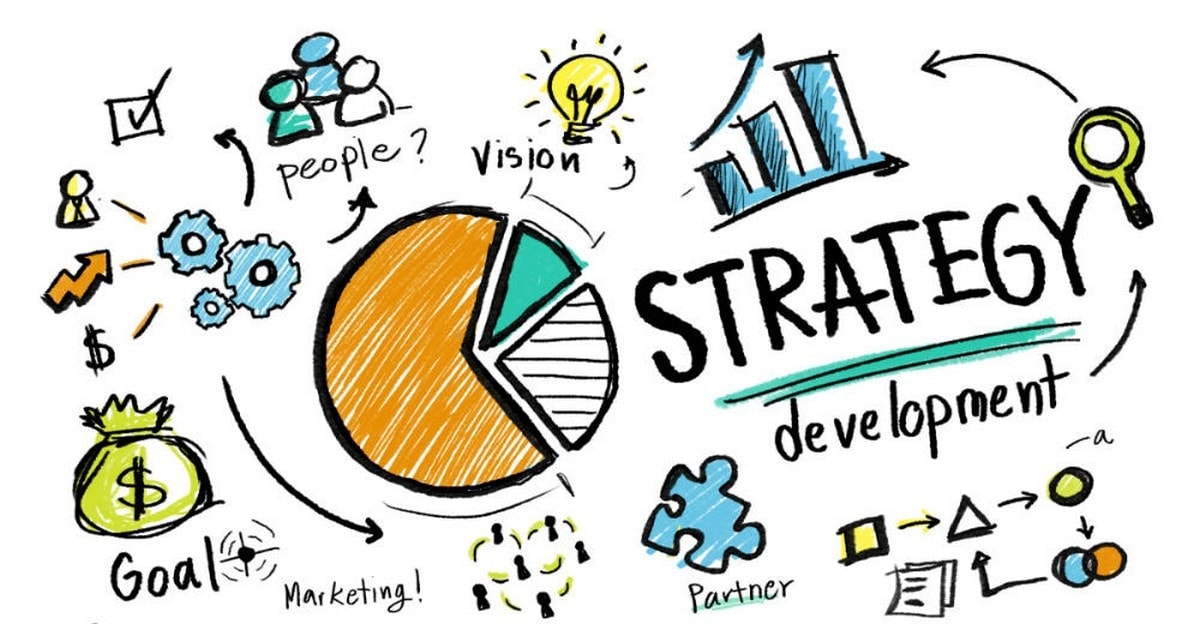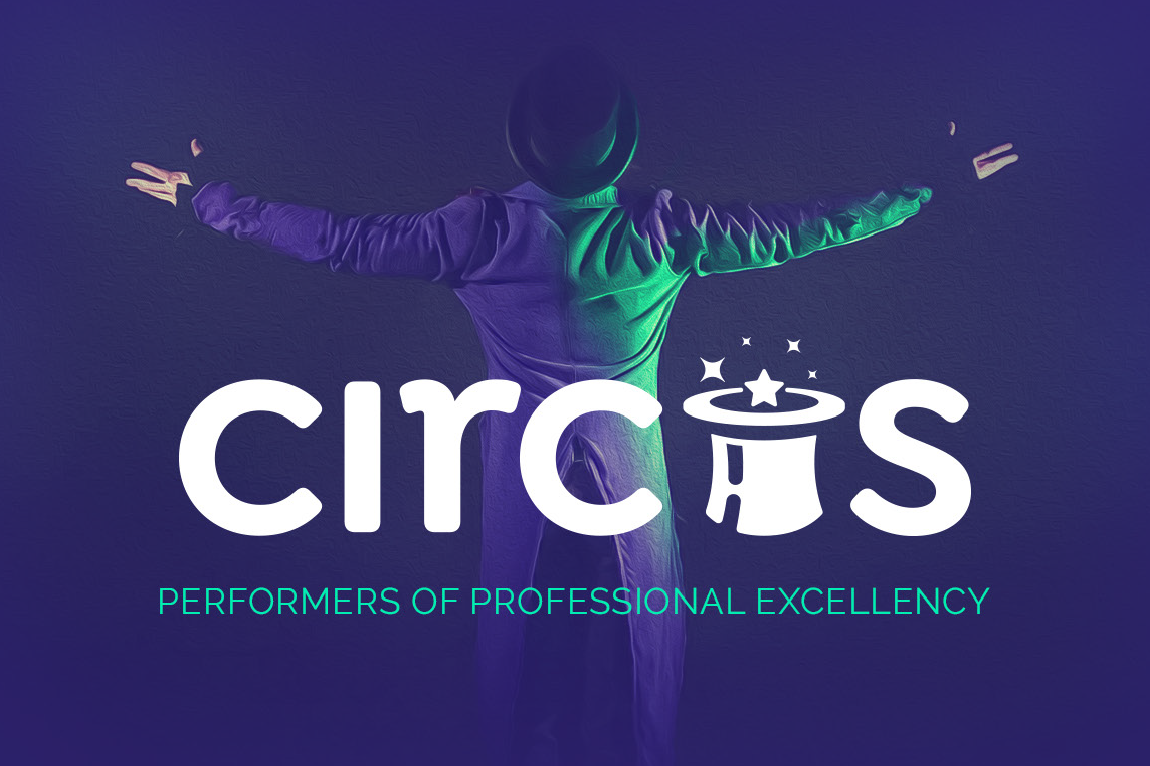Hardly a day goes by without some company within the marketing and media ecosystem announcing another artificial-intelligence-driven tool, technology, platform or data product in service of media buying and planning. Many of these advancements have been driven by dramatically altered consumer-behavior patterns toward digital consumption — leaving media agencies, creative shops and marketers scrambling to more deeply understand these new patterns.
Within the media agency world, artificial intelligence (AI) usually manifests in the forms of machine learning and pattern detection, often the terrain of strategists and analysts. The looming spectacle of signal deprecation, mostly in the form of disappearing cookies, is also driving greater adoption of machine-learning and automated data-gathering. Its third use is applied to rooting out bias where possible and maintaining ethical boundaries to buying and planning.
High-level executives are being put in place to ensure the tech is folded effectively into their operations. For example, just two weeks ago, GroupM hired JiYoung Kim, Carat’s chief digital officer, to become its chief product and services officer, charged with finding and implementing all manner of new tools for GroupM’s agencies. She drew a distinction between foundational AI — the kind of tech that simplifies time-consuming processes and frees employees to focus more on creativity and the things machines aren’t good at — and advanced AI, which is much larger in scope and goals.
“Advanced AI is how we’re going to get to understand how we’re managing total business outcomes and to do it at scale,” said Kim. She said GroupM North American CEO Kirk McDonald “has this vision that we should start looking more like a software company for our clients rather than a service company. My area of focus will be in better understanding, through our own tools, the relationship between media decisions on incremental growth and lifetime value, and taking our attention away from the crack of reporting on conversion, cost-per’s, percentage lift in brand perception and the like.”
As for the foundational element, Kim said “If you’re a media agency today and you didn’t already have this in place, you’d be completely paralyzed by the amount of data that’s coming in.”
Kim added that AI tech plays a significant role in both Choreograph, the company’s massive data platform that connects insights, activation and measurement, as well as the Data Ethics Compass, which calculates risk in investment. Finally, she mentioned Mindshare’s Neurolab application that combines behavioral and sentiment data to help inform planning.
Much like IPG’s Acxiom, Kinesso and Matterkind units that greatly rely on machine-learning tools to sift through petabytes (we’ve moved past terabytes) of data, Publicis Media also has upped its game in applying AI across its wide swath of agencies. Kayleen Ohneck, director of verified data & technology, Publicis Media, explained that “AI is being built into various functionalities with the elimination of data signals, the fluidity of data and the continued access limitations to data. We have seen partners leaning into AI and predictive modeling in order to navigate the future of real-time programmatic.”
The holding company also has built the ability to customize its own algorithms based on the needs of agencies and clients. The recently created Publicis Decisioning Science Framework essentially uses Amazon Web Services to power custom algorithm scenarios “for prospecting new users at scale within an ecosystem that’s experiencing a reduction in addressability,” according to Patrick Houlihan, Publicis Media’s senior vp of decisioning.
Even vendors that serve the media agency world have upped their AI-driven game. Last November, Telmar — a media planning and buying software firm that manages some 8,000 datasets — acquired Helixa, an AI-driven insights SaaS platform that lets agencies and marketers find unusual patterns and connections in consumer affinities.
“As we got more traction in the [AI] space and growing our particular flavor of audience analysis, we attracted some interest from companies in the media buying and planning space, including Telmar,” said Florian Kahlert, Helixa’s founder and CEO. “We found they were a really good fit for us in terms of us being able to grow to contribute our things to them and also tapping into their rich network of existing customers across the world.”
Finally, the analytical boost that AI provides media agencies helps them fight back against the walled gardens, whose clout and reach (and effective use of AI to identify and deliver better results for their advertisers) continues to sprawl across the media landscape. As Konrad Feldman, CEO of Quantcast, explained, walled gardens’ “advertising works well, because they’ve got significant data, but they’ve also got very effective machine learning and AI techniques. And also they’ve made it very, very easy to use their systems.”





